Huns (Hunni; Hsiung-nu; Xiongnu; Runs)
The Huns were steppe people out of Asia. Although they were defeated by the Romans and
Germanics after an invasion of western Europe, their period of dominance in much of Europe
helped bring about the downfall of the Western Roman Empire. Attila the Hun is the most
famous leader of all the ancient invaders of Europe.
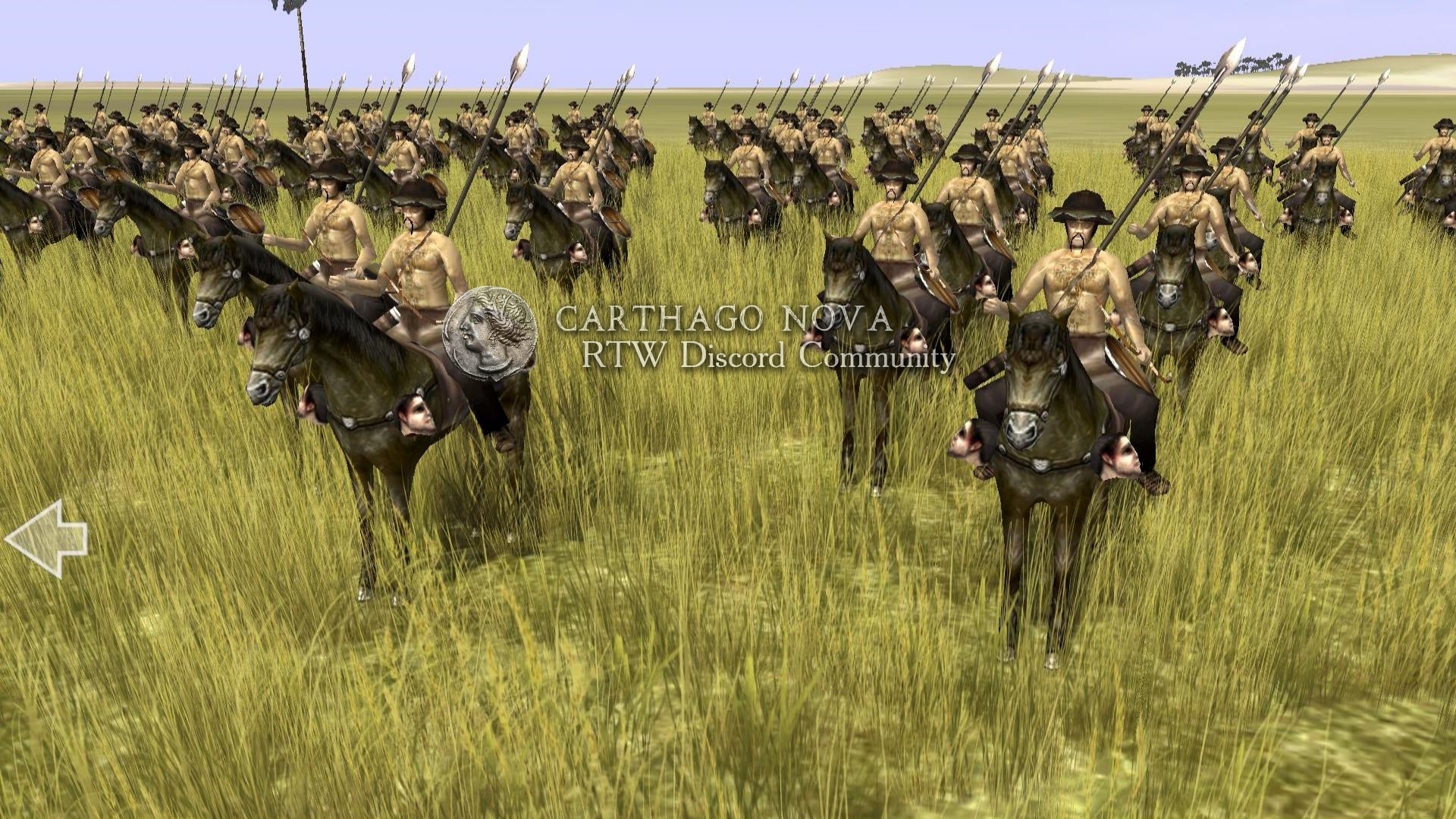
ORIGINS
The genetic makeup of the Huns is uncertain. A tribe in western China in the second and first
centuries B.C.E., who had migrated there from central Asia in the third century B.C.E., the
Hsiung-nu or Xiongnu perhaps were the original ancestral Hunnic group (although the name as
used by the Chinese may have referred to all nomadic peoples who lived beyond the Great
Wall of China, built specifically as a barrier against them). In the first century C.E. pressure
from the Chinese or other nomadic peoples caused the people known as Hsiung-nu to
migrate both southward and northwestward. The group that headed westward took up residence
along the southern reaches of the Ural Mountains and the steppelands north of the
Caspian Sea, some of them settling on the Volga River in eastern Europe.
There is considerable evidence of intermingling of peoples and cultures all over the steppe
region, both European and Asian, in the Bronze and Iron Ages. Thus the Huns, especially those
who migrated to the west, may have been a combination of central Asian Turkic, Mongolic, and
Ugric stocks. Another central Asian group, called the White Huns or Hepthalites or Ephthalites (as known to the GREEKS), and Hunas (as known by the Indians), held territory from the Aral Sea to the east, along the eastern border of the Persian Empire, and south into India. It is not certain that they were related to the Huns. As the western Huns advanced into Europe and absorbed other peoples as part of their empire,
they began to have Sarmatian and Germanic bloodlines as well.
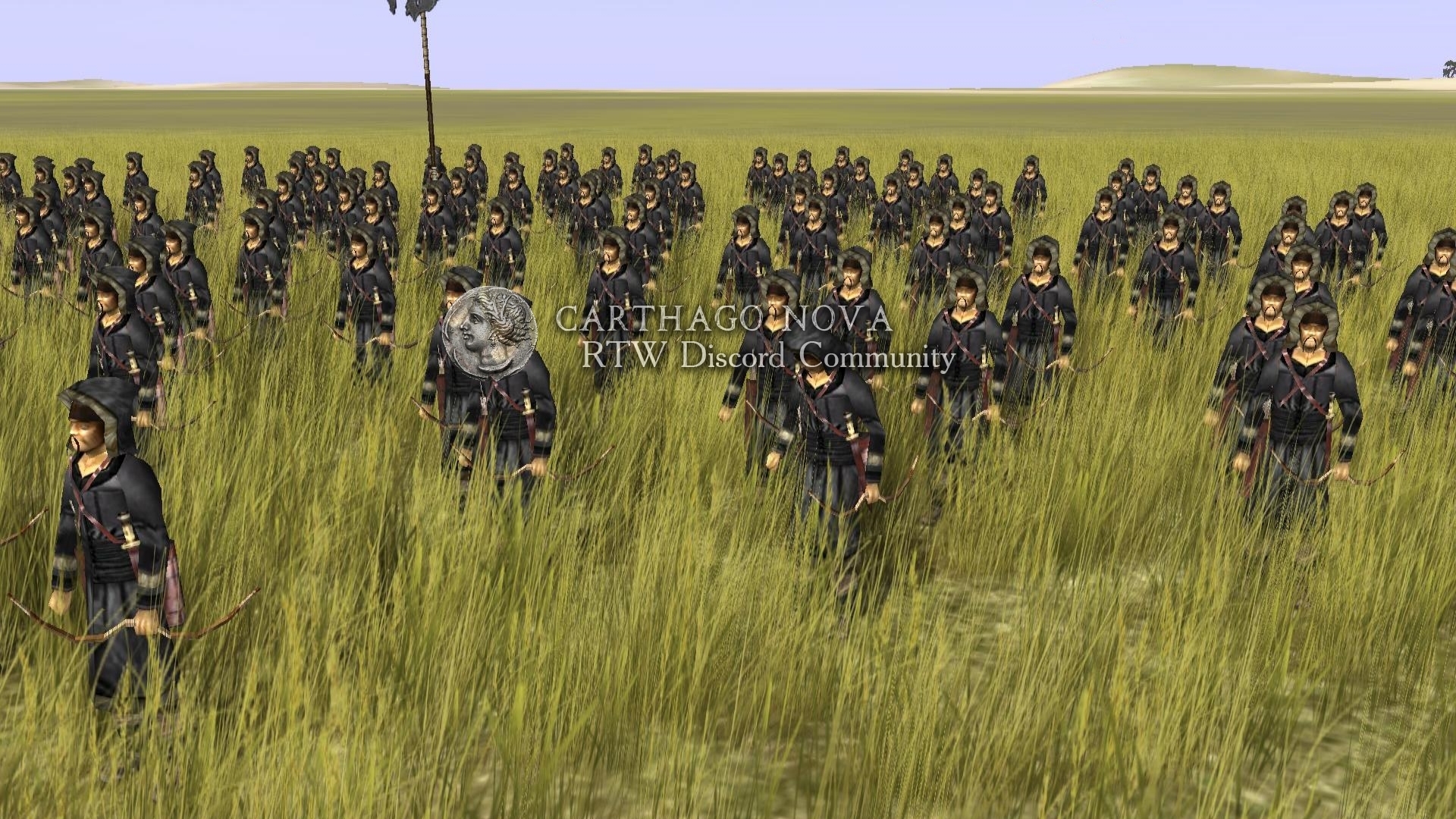
LANGUAGE
The exact linguistic affiliation of the Huns is not known. They may have spoken Mongolic,
Turkic, or Ugric dialects. It eventually included Germanic vocabulary.
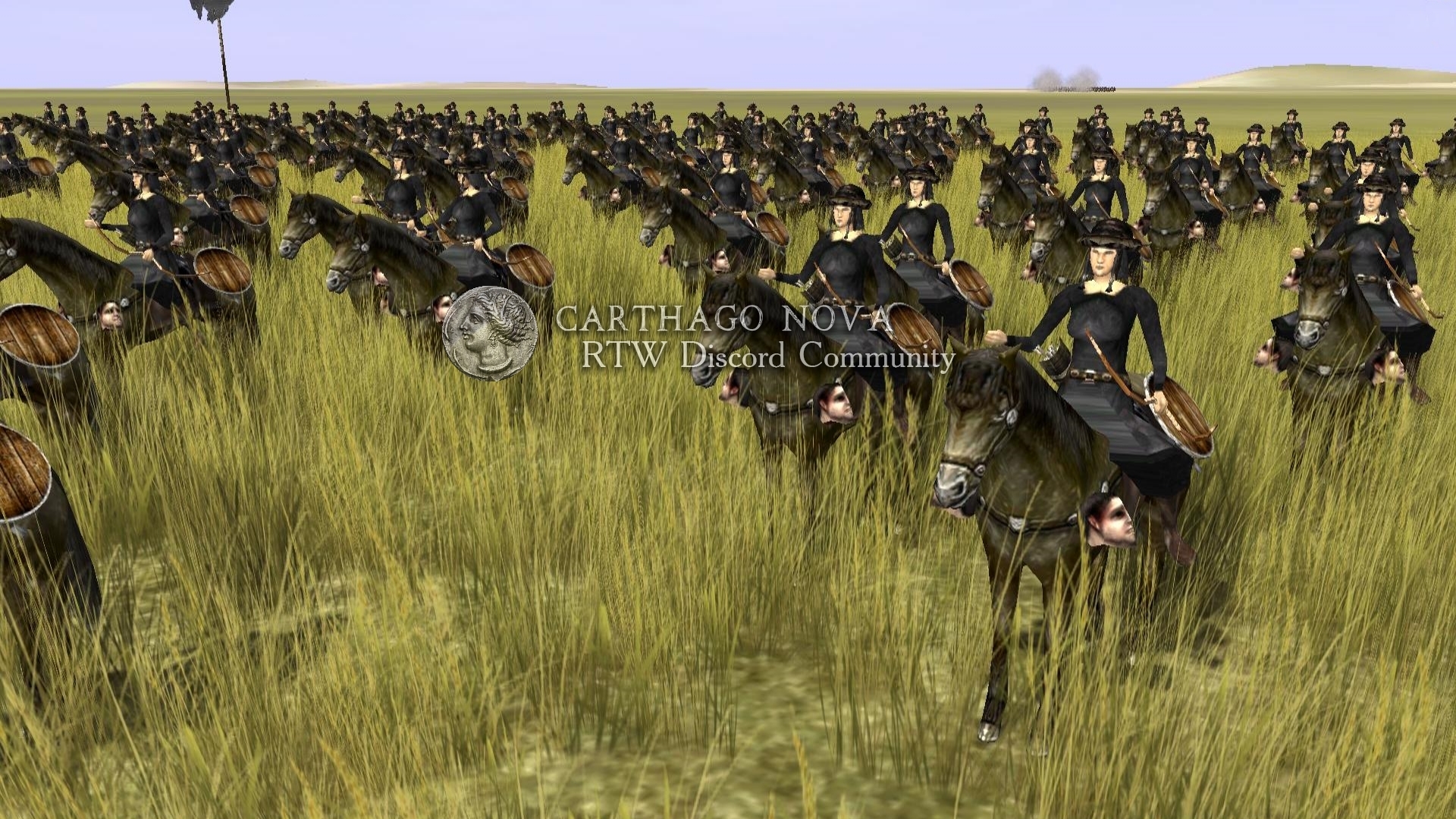
Huns time line
B.C.E.
c. 176 Huns defeat Yueh-chi, or Tocharians, in western China, pressuring
steppe groups known collectively as Sarmatians to expand into presentday
Romania and Hungary.
first century Huns move into the southern region of Ural Mountains and
along Volga River.
C.E.
370s Huns reach Black Sea and conquer Ostrogoths and other Germanics.
433–434 Attila rules with his brother, Bledu.
445 Attila becomes sole ruler.
451 Huns and allies battle Romans and allies in Gaul.
453 Attila dies; three sons take power.
455 Germanic tribes defeat Attila’s sons, and Huns disperse eastward.
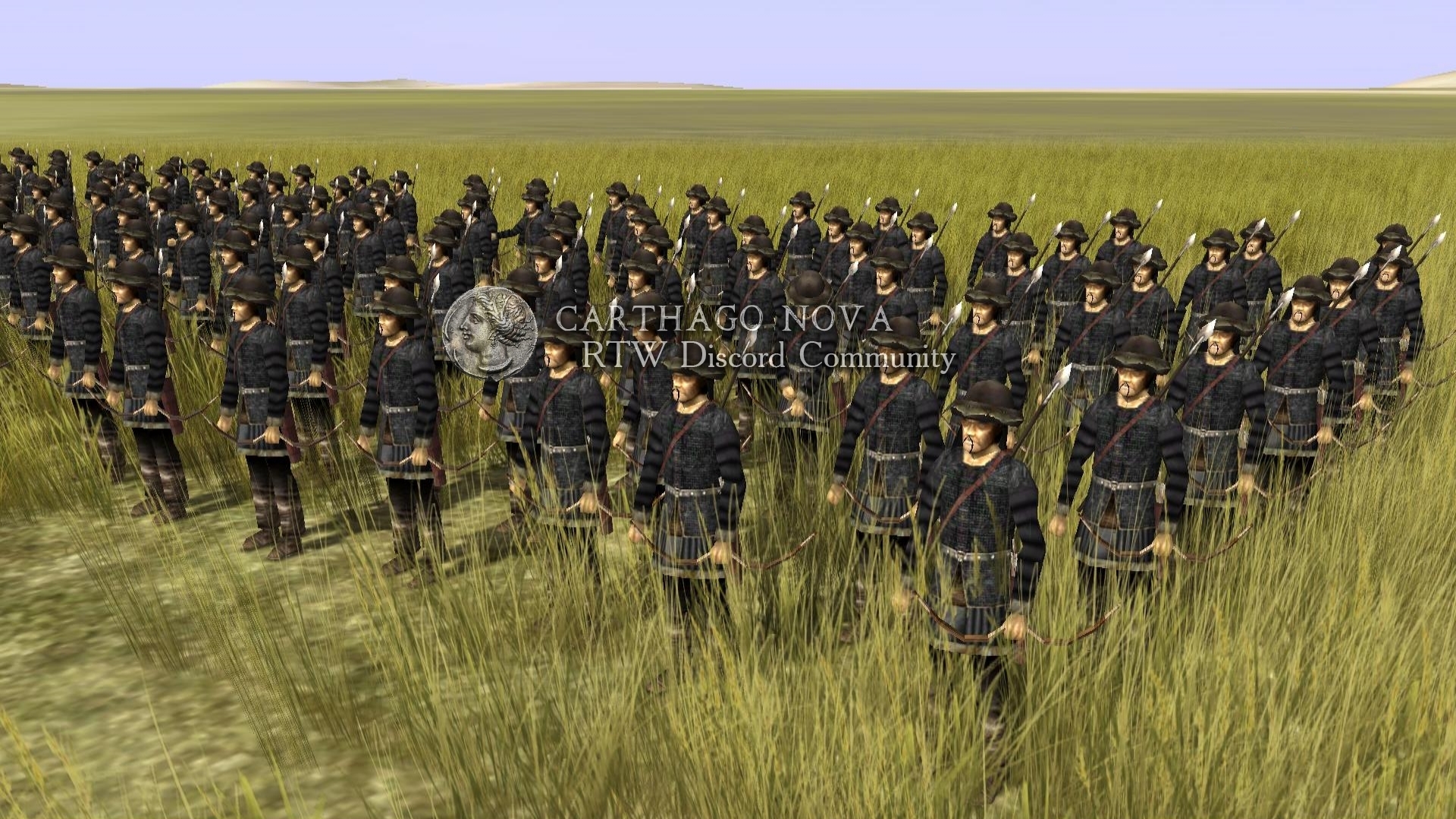
HISTORY
According to the Chinese historian Ssu-ma Ch’ien in about 176 B.C.E. the Huns defeated the
Yueh-chi, known in Europe as the Tocharians, the most eastern-dwelling speakers of an
Indo-European language, who lived in Xinjiang province, also called Chinese Turkistan. Their
growing power caused steppe groups known as Sarmatians to move away from them into
Romania and Hungary. In the first century B.C.E. possibly under pressure from expansionist
China the Huns moved into the southern region of the Ural Mountains and along the Volga River.
They thus were part of the age-old phenomenon of the vast Eurasian steppes, the ripple effect
caused when a disturbance in one region led to a series of migrations.
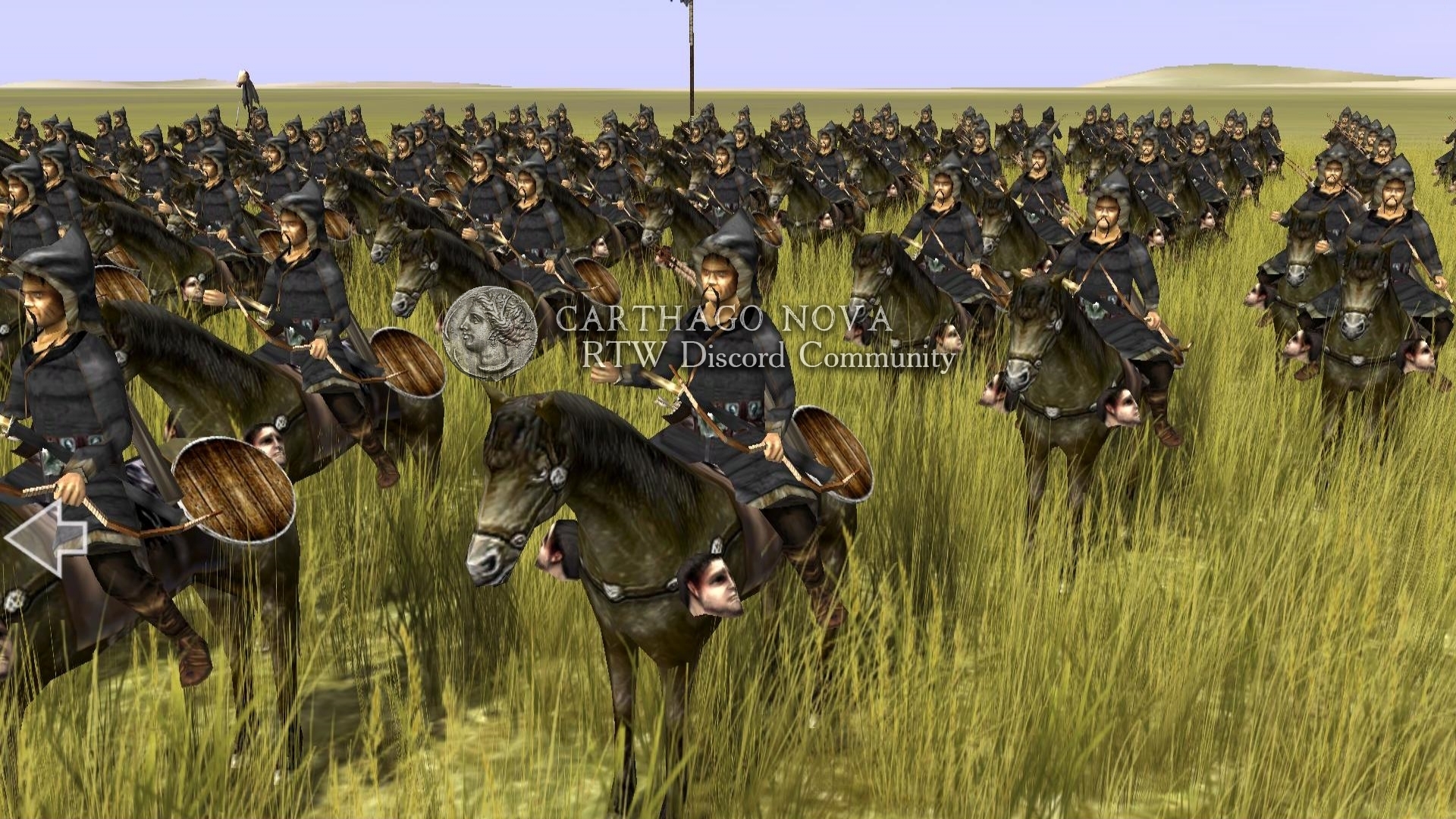
Arrival in Europe
In the 370s C.E. the Huns living on the Caspian steppes and Volga River pushed farther westward.
In about 372, led by Balamir, they defeated a force of Alans on the banks of the Don River
and soon afterward extended their domain to the Black Sea, conquering the Heruli and Goths by
375. They also defeated some of the tribes of Caucasians living north of the Caucasus
Mountains. They pushed on into the Roman province of Dacia (roughly modern Romania),
and on the Dniester River defeated the VISIGOTHS, who afterward took refuge in Roman-held lands
south of the Danube. The Huns took up residence on the Hungarian plain, settling along the
Danube. From here they launched small-scale raids, some clans hiring themselves out as soldiers
to the Romans, and engaging in trade with Rome. The Goths were absorbed into the Hunnic
confederation as mostly loyal soldiers. Roman influences began to change Hunnic society in
fundamental ways. The career of later leaders was in part allowed by these changes, which
included a greater degree of social stratification and a need to construct a more ordered society
ruled by the more powerful elites who emerged, one of which was Attila’s family.
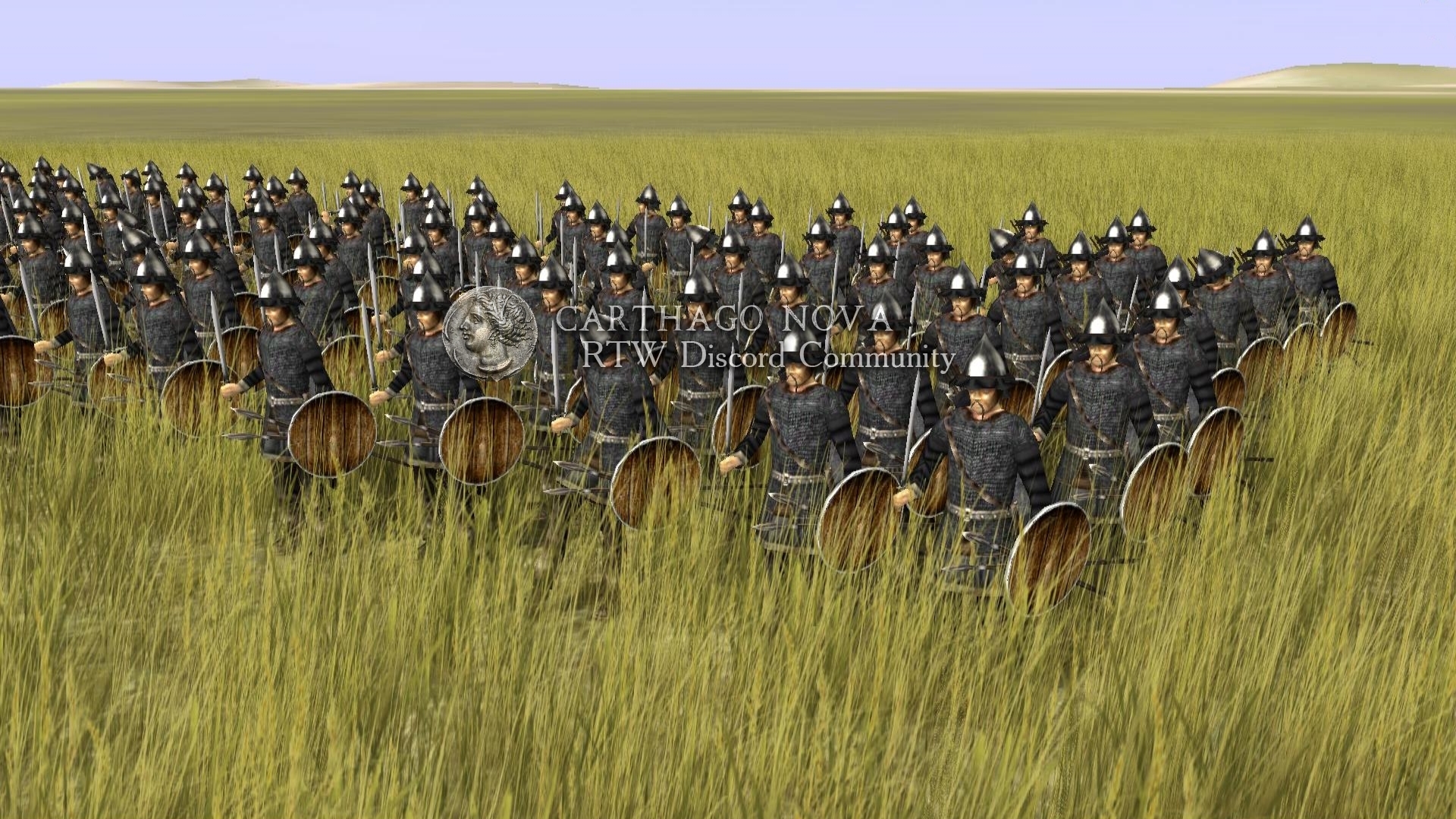
Rugilas, Bleda, and Attila
By about 420 the various Hunnic factions had formed a confederacy under Rugilas and begun
a more aggressive policy of conducting raids for the purpose of plunder. During his rule and
that of his nephews (sons of his brother, Mundzuk), Bleda and Attila, who succeeded him in 434, the Hunnic Empire stretched from the Baltic to the Caspian. In 437 the Germanic Burgundii while attempting to expand into Gaul were defeated by the Huns, who probably attacked them with the complicity of the Romans under General Flavius Aetius, who had spent time among the Huns as a boy and had been a friend to Attila. The Burgundian king Gundicar was killed in battle. (This defeat provided the germ of the epic
poem Nibelungenlied.) During this period the Huns negotiated an agreement with the
Byzantines of the Eastern Roman Empire under Emperor Theodosius II to stay out of the
Balkans. In 441, taking advantage of Roman wars with the VANDALS and Persians, the Huns
did invade southward. They hoped to take Constantinople (modern Istanbul), but the
Hunnic army, primarily a cavalry without siege skills, after negotiating for greater tribute
withdrew.
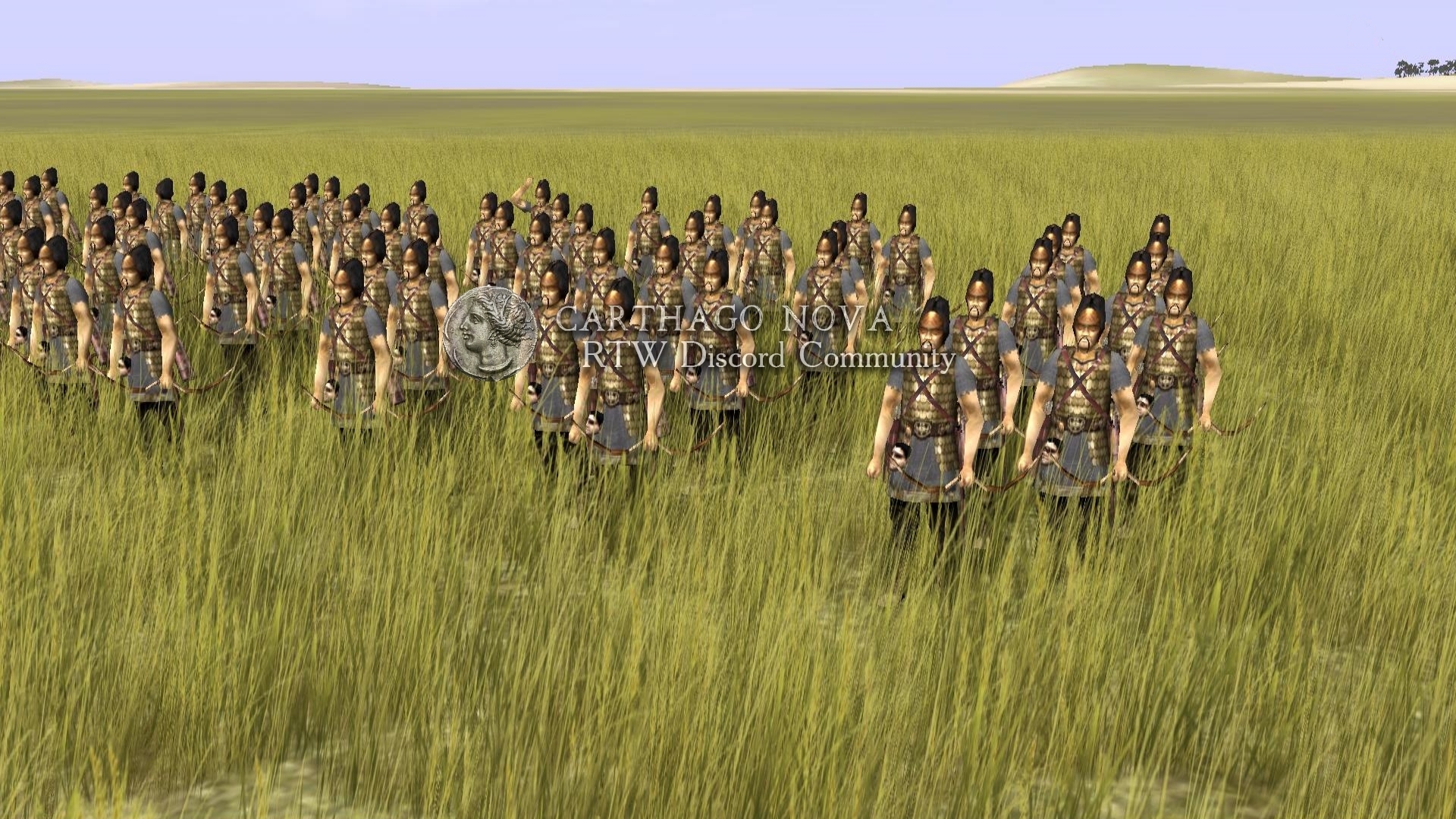
Attila’s Invasion of the West
From 433 to 444 Attila united all of the Hunnic tribes under his and his brother’s rule.
In about 445 Attila killed Bleda. Meanwhile he had instituted a policy of great annual
plundering raids that soon threatened the existence of the Eastern Roman Empire. Attila
demanded an annual tribute that amounted to 2,100 pounds of gold a year. In 447–450 the
Huns overran the Balkans, entering northern Greece. The new Eastern emperor who rose to
power in 450, Marcian, refused to pay further tribute to the Huns, as did Valentinian III,
emperor of the West. When Valentinian’s sister, Honoria, tried to forge an alliance with the
Huns, Attila claimed this to be a marriage proposal and demanded as her dowry half the
Western Empire. Valentinian’s refusal gave Attila political justification to invade Gaul in
451.The Huns moved through Gaul attacking towns but were forced to give up the siege of
Orleans. They took up a position on the Catalaunian Plains south of present-day
Chalons-sur-Marne in northeastern France. There they did battle with the Roman army led
by Attila’s former friend and ally Flavius Aetius. Fighting alongside the Huns were the
Ostrogoths led by three brothers—Thiudemir, Walamir, and Widimir; the Alans; Heruli;
Gepids; Marcomanni; Rugii; Sciri; Suebi; and a faction of Franks. Roman allies included the
Visigoths under Theodoric I and his son, Thorismond, as well as the BUurgundii and a
faction of Franks. After bitter fighting the Huns were forced to retreat.
The Huns invaded northern Italy the next year and destroyed Aquileia at the head of the
Adriatic Sea, whereupon the inhabitants, the Veneti, fled and founded Venice, as well as
Milan, Padua, and other cities. At the intercession of Pope Leo I and probably because of a
shortage of provisions and a rumored threat of an attack by the Byzantines from the east Attila
decided not to attack Ravenna, the capital of the Western Romans at the time, or Rome;
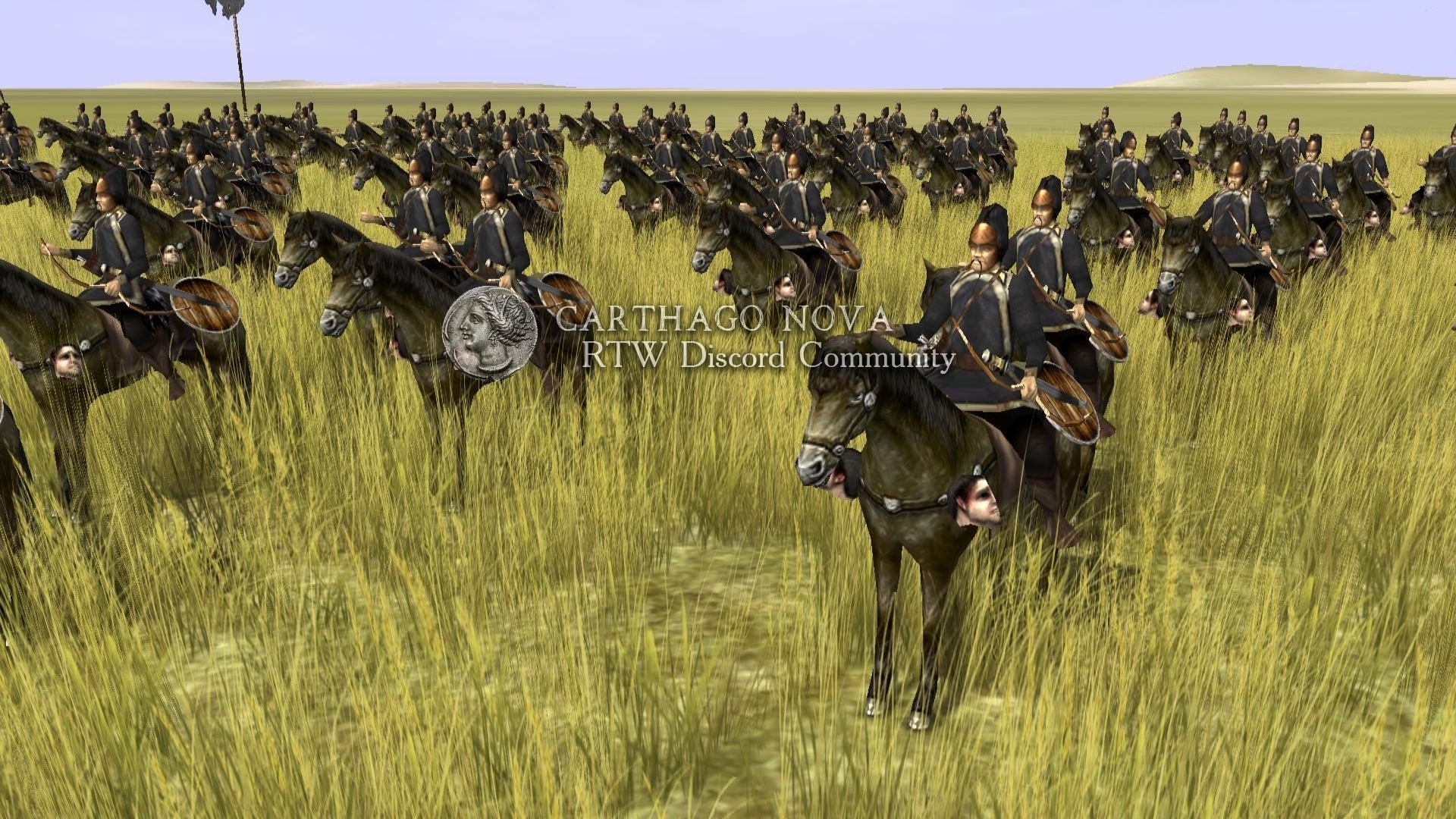
Attila: Empire Builder
Attila (also Etzel or Ethele) was born in about 406 C.E. Little is known of his childhood other than that he was the son of Mundzuk, brother of Bleda, and nephew of Rugilas, on whose death he and his brother became supreme rulers. He also reportedly developed a childhood friendship with Flavius Aetius, who was sent by the Romans as a child hostage to the Hunnic camp and who grew up to be a Roman general. Attila and Bleda became rivals, and, in about 445 Attila murdered his brother, becoming sole ruler. Attila was an effective leader both militarily and politically, and the Hunnic Empire expanded. The Huns were traditionally master horsemen;Attila adopted some of the techniques of the Romans and developed an extensive infantry as well. He made use of conquered peoples to expand his empire, the Ostrogoths and Heruli among others helping strengthen his army. He also effectively played political angles, allying himself with the Roman emperor’s sister, Honoria, as a basis for a claim of half the Western Roman Empire. He lived modestly as his subjects lived but could demonstrate a sense of appreciation for the fine objects of other cultures when hosting emissaries. On the battlefield Attila encountered Aetius, his boyhood friend, who made a study of the Huns as Attila himself made a study of the Romans, and lost a critical battle. But the Huns may have in the end proved triumphant over the Roman Empire if Attila had not died in 453, choking from a nosebleed while passed out after a night of celebrating his latest marriage to Ildico.
Attila endured as a larger-thanlife historical figure among Western Europeans, referred to as “the Scourge of God.” In later centuries he appeared under the name Etzel in the German epic Nibelungenlied and under the name Atli in the Icelandic Volsungasaga. Although having a reputation as a “barbarian,” Attila was a sophisticated politician who learned much from contacts with Westerners and was more than a match for other European rulers of his day. instead he withdrew and recrossed the Alps. In 453 Attila prepared another invasion of Italy, but he died before carrying out his plan.
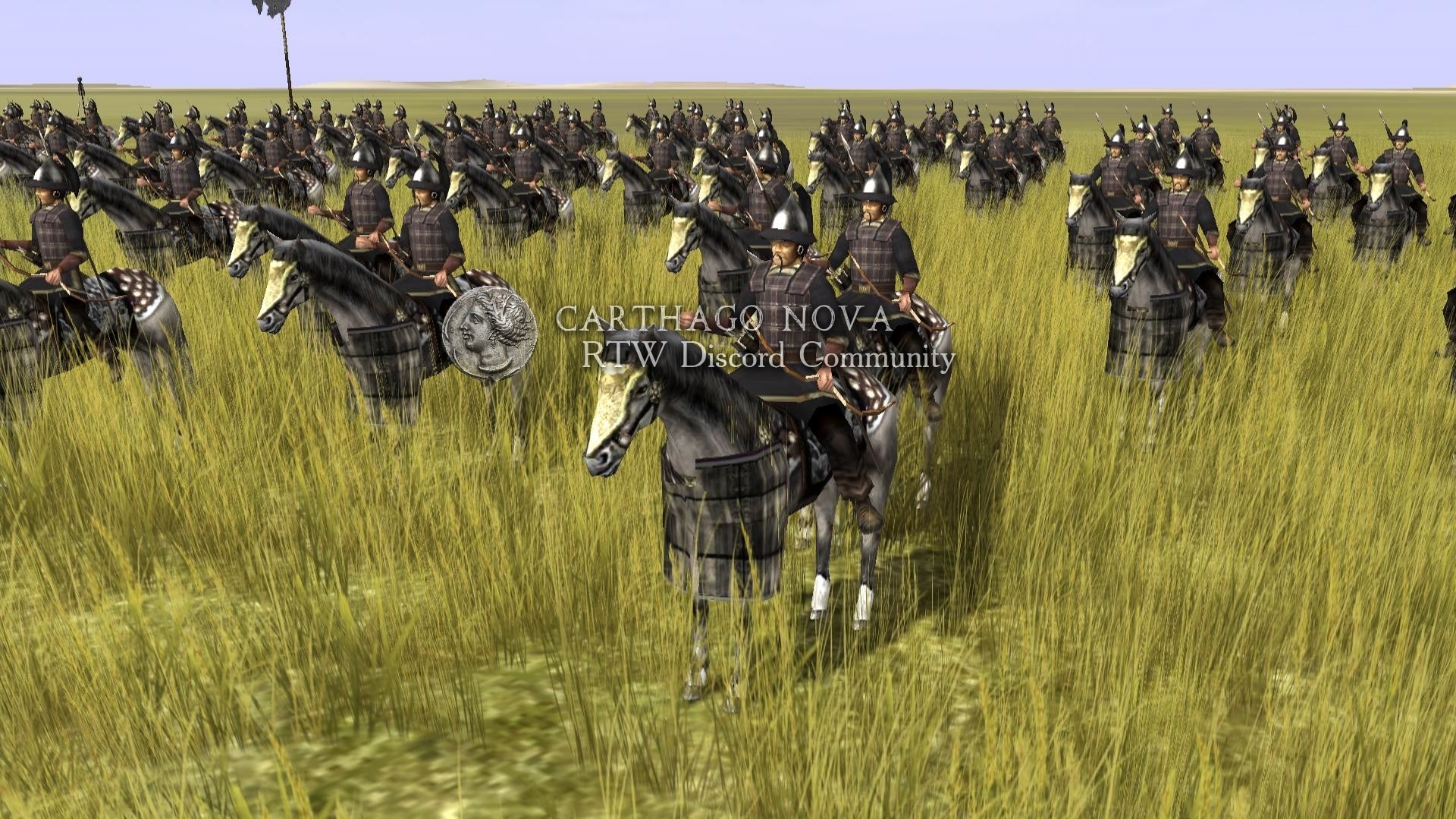
After Attila
Ardaric, leader of the Gepids, led a coalition of tribes—among them Heruli, Rugii, Sciri, and
Suebi—against Attila’s three sons, Ellak, the oldest, and Dengizik and Ernak. In 455 the
allies defeated the Huns in the Battle of Nedao, probably along a tributary of the Sava River in
the Roman province of Pannonia (roughly modern Hungary). Ellak was killed. Followers
of Dengizik fled eastward to the steppes between the Dnieper and Volga Rivers, where
they fused with wandering Turkic-speaking peoples, mostly Ogurs. Followers of Ernak settled
southeast of the Sea of Azov with other Turkic tribes. Those who had been Ellak’s followers
migrated farther eastward with still other Turkic peoples to territory near the
Caspian Sea. Some among the Huns and Turkic peoples evolved into the Bulgars and reentered
central Europe in later years. Other Huns meanwhile stayed in Europe and fought as
mercenaries in the Roman army.
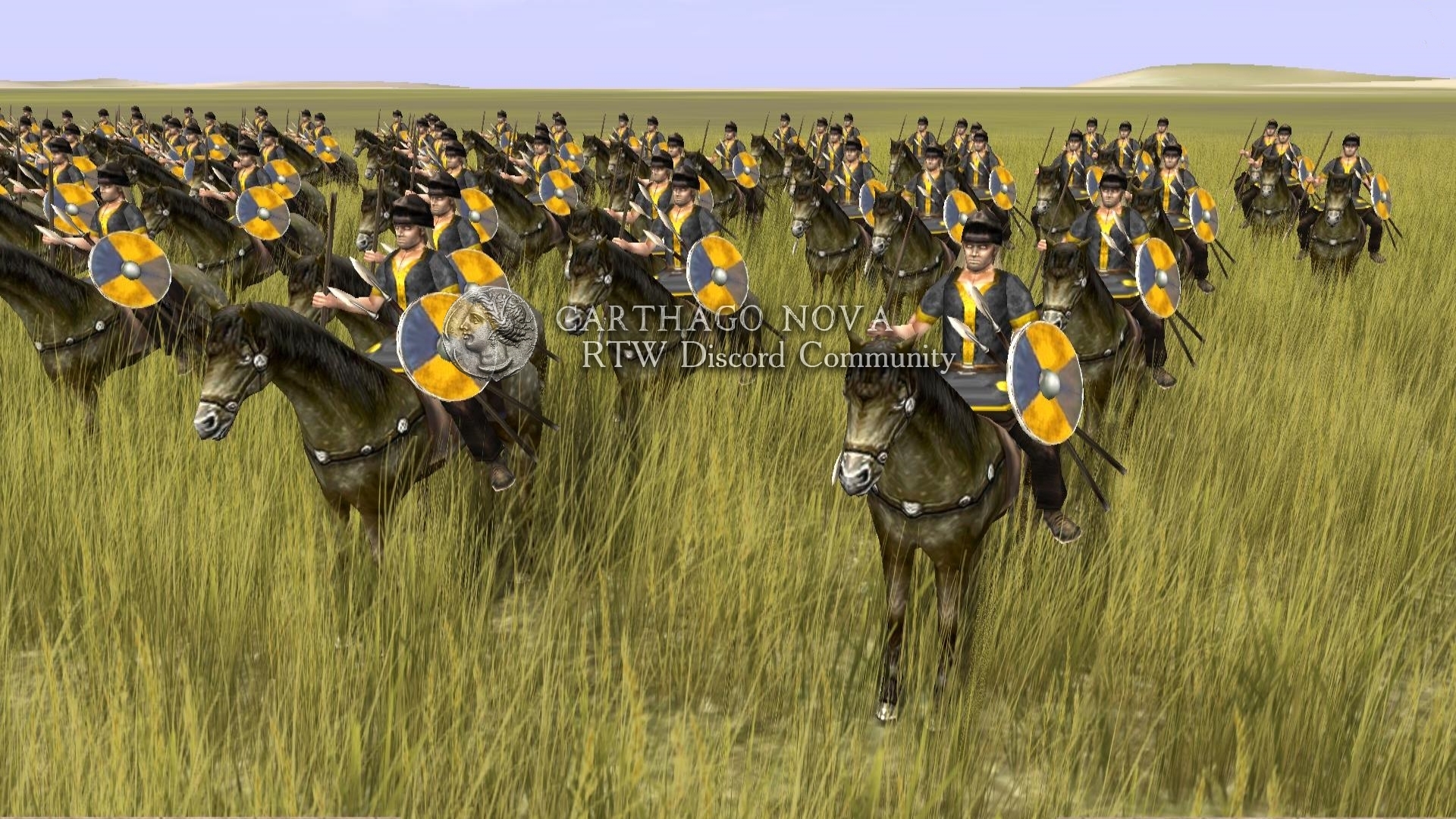
Economy
The Huns originally were steppe pastoralists who obtained wealth from herding and also
raiding. Some Hunnic groups were known to grow wheat, millet, and beans as well. After
arriving in Europe they began to engage in trade with the Greco-Roman world on a scale
they had not experienced before. The main “products” of the Huns were slaves obtained in
their wars, whom they traded to Romans and Greeks for wine, silk, gold, and other goods at
fairs held along the Danube River.
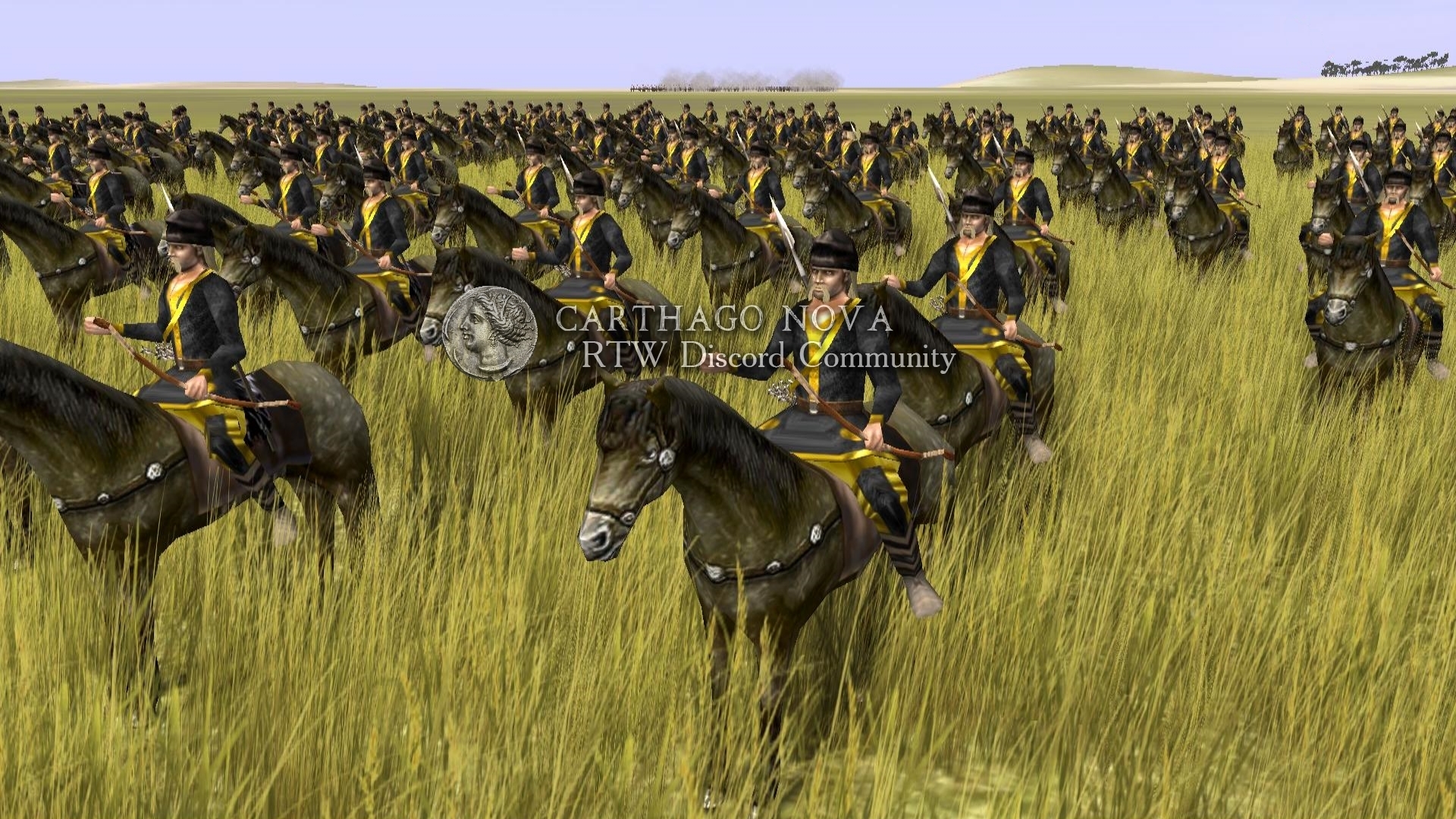
Government and Society
Settlement Patterns Before the Huns moved out of their traditional territories, they were
completely nomadic, living in moving camps rather than towns or cities. The harsh climate
of the central Eurasian steppes, with low rainfall and temperature extremes, made suitable
grazing lands sparse; summer and winter pasturages were often as much as a thousand miles
apart, so that much of the time the Huns were on the move. This lifestyle worked against centralization
of authority among the Huns, and their society probably consisted of loose networks
of kinship groups ruled by elite warriors whose status was based on their protection of
their moving families and the booty they obtained in raids.
The Hunnic Confederation The Huns, similar to Celts, Germanics, and earlier steppe peoples
such as the Scythians, were deeply affected both by contact with the Greco-Roman
world and by the stresses of migration. The former affected them through the luxury goods
that the Hunnic elite sought eagerly: wine, silk, gold, and jewelry made of coral, carnelian,
mother-of-pearl, quartz, pyrite, and lapis.
Luxury goods fostered greater social stratification as elites acquired the most desirable items,
with which they demonstrated their status, and handed lower-status goods to retainers, setting
in motion gift-exchange cycles. The intensification of trade, as well as the
challenges of war with such a sophisticated power as Rome, obliged the Huns to develop a
more structured way of governing themselves and curb the egalitarian instincts of their war
bands. As did the Germanic Goths, who had found it necessary to have an overall war leader
to rule their polyethnic coalition, the Huns ceded to Attila more authority than Hunnic
leaders had had in the past; for the first time it was he who decided on war and peace for his
people. Attila chose a body of advisers from among his nobles (comparable to a political
cabinet), who helped him develop a system of collecting food and tribute from his subjects.
Even from his camp in Pannonia Attila maintained contact with and control over a vast
region. The Huns drew on Sassanid Persian and Roman models in forming their government
but retained their own confederate structure based on personal loyalties. (Meanwhile the
Hsiung-nu Huns in China were changing their society as well, as attested by the discovery of a
city built by them in northwestern China’s Shaanxi Province in the fifth century C.E.)
The ethnic Huns formed the core group of a polyethnic confederation in many ways similar
to that of the Goths. This was the reason many Goths became loyal soldiers in the
Hunnic confederation, for it meant for the most part merely a change in leadership. This
is not to say that the subjection of the Goths and other Germanic groups by the Huns was
not harsh to the extreme. Families of the Ostrogoths whom they chose to favor, particularly
the Amalis, received fair treatment, but for the rest a mere glance from Attila or one of his
nobles was enough to awaken fear and trembling, such was their habitual cruelty, according
to later Ostrogothic accounts.
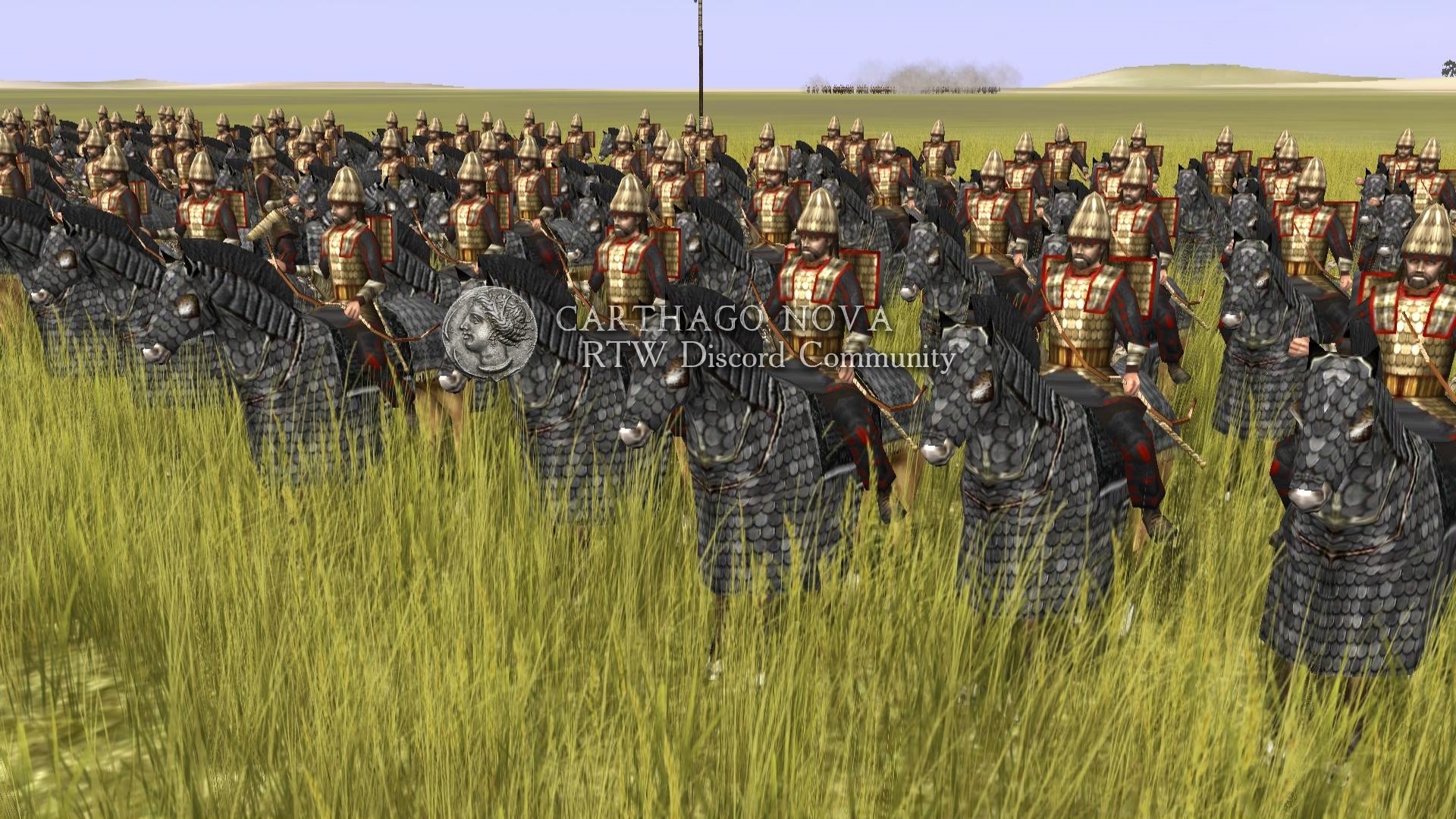
The Huns differed from the Goths in having a more clearly defined structure for their
allied groups, based on noble families. Under Attila and his family and the Hunnic families
allied with him were specific families of Germanic chiefs—such as the kingly lines of
the Gepids and Ostrogoths. The Huns kept control of their Germanic allies by playing different
dynasties against one another; even after they accorded the Ostrogothic Amali line rule
over all Goths, they encouraged certain other Ostrogothic noble families to maintain their
independence as a check on the Amalis. A princely burial uncovered in Hunnic territory
in Romania contained a gold sheathed rod (possibly formerly a spear shaft or standard),
which is thought to be the token of office borne by noble allies of the Huns. Another sign of
alliance with the Hunnic empire was the eagle, fashioned in gold for use as a saddle mount or
brooch. Hunnic influence is also shown in the use of a crown or diadem, which the Huns had
adopted from Sassanid Persian ritual. The Huns often chose men of humble background
to elevate in a new elite loyal only to themselves and not part of earlier Gothic networks
of alliance.
Chinese sources state that some Hunnic groups practiced polyandry; two or more
brothers shared a wife.
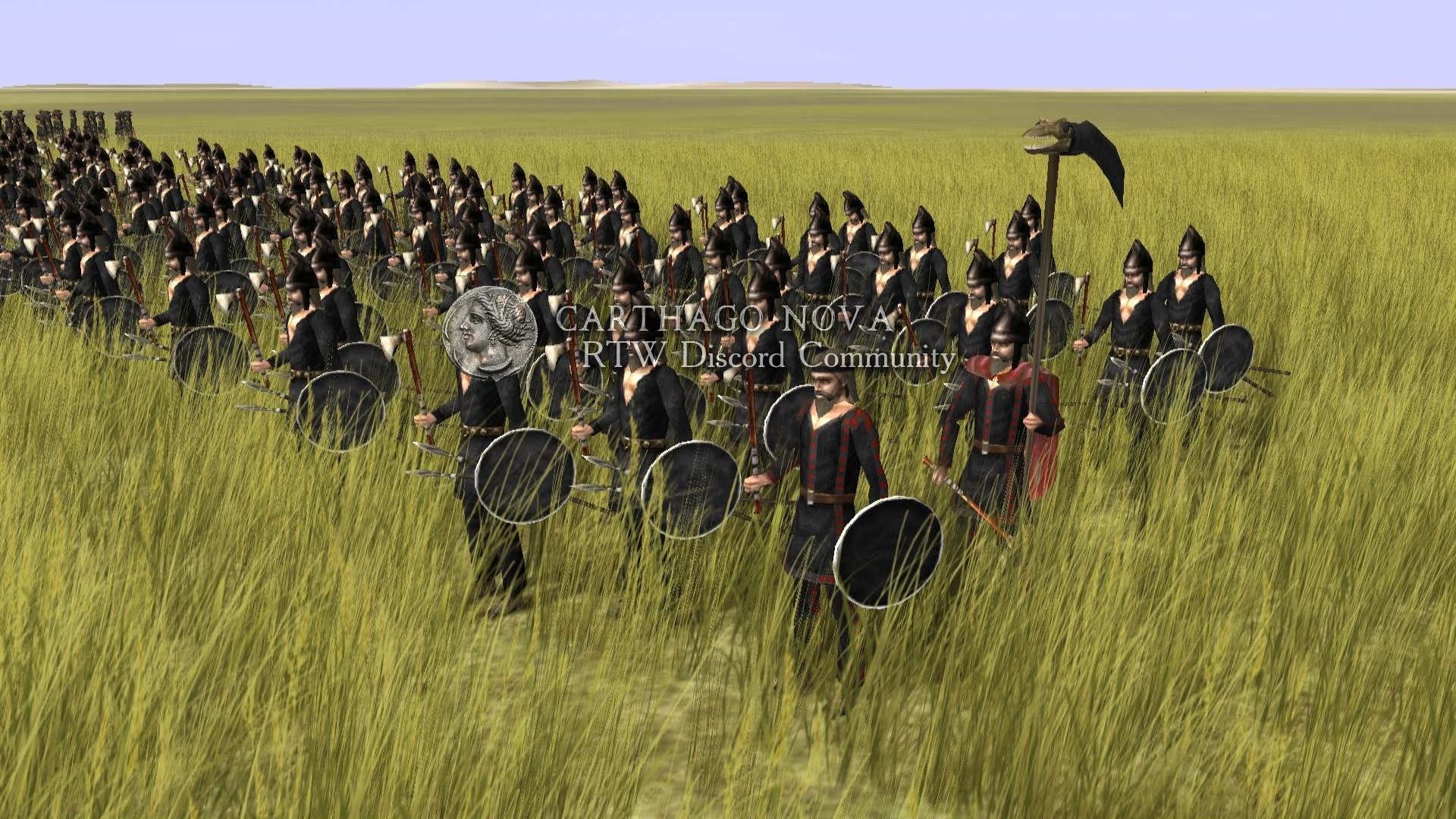
Military Practices
The Huns fought primarily as mounted bowmen. The quality of their horses, their superb
horsemanship and use of horseshoes and stirrups, and the devastating power of their composite
bows made them among the most effective troops in the ancient world. Their military
structure was loose, consisting of hordes who carried out independent campaigns, maintaining
themselves by plundering conquered territories. The Hungarian plain did not offer as
much grazing land as did the Asian steppes, and the Huns were forced to develop an
infantry to supplement their cavalry.
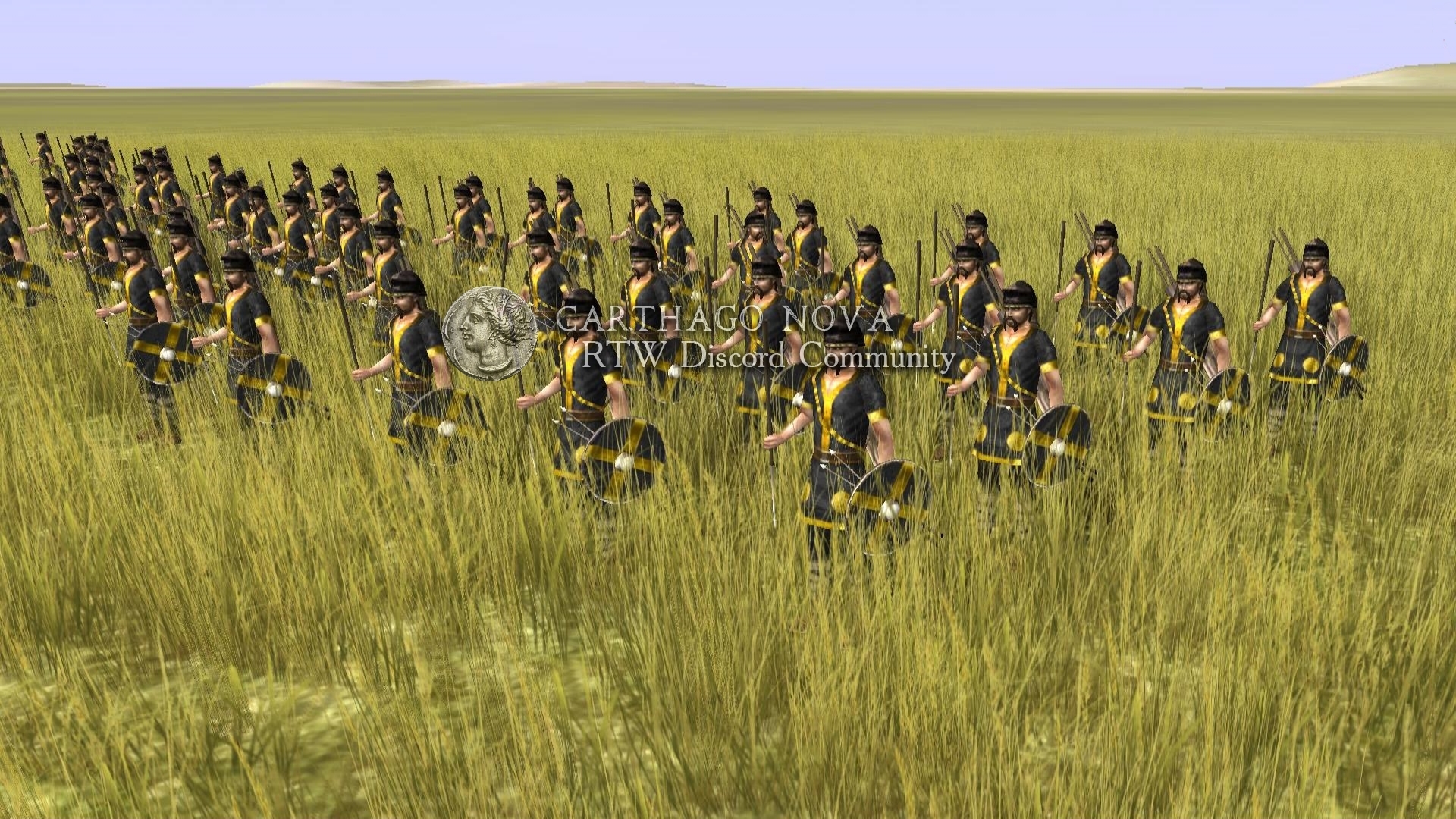
Clothing
The Huns wore a loose robe to the calf, split at Bthe sides and gathered in by a girdle whose
ends hung down in front.
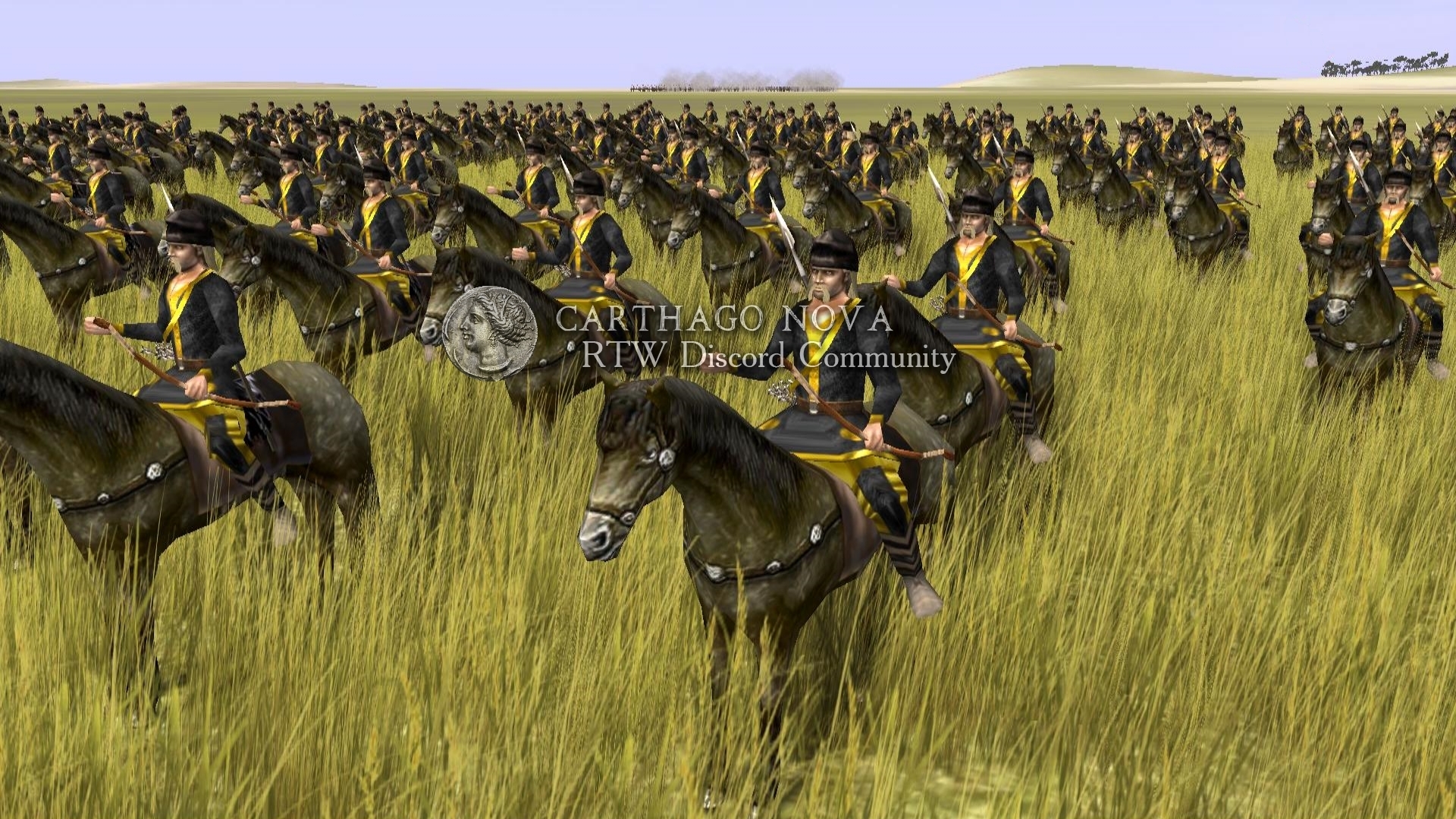
Personal Habits
The Huns practiced the custom, common among steppe nomads, of deforming the skulls
of their infants, while they were still soft, into an elongated shape. According to Chinese
sources they wore fairly bushy moustaches and no beards except tufts of stiff hair on the chin;
their ears were pierced and adorned with rings. They usually shaved their heads, except a tuft
on the top.
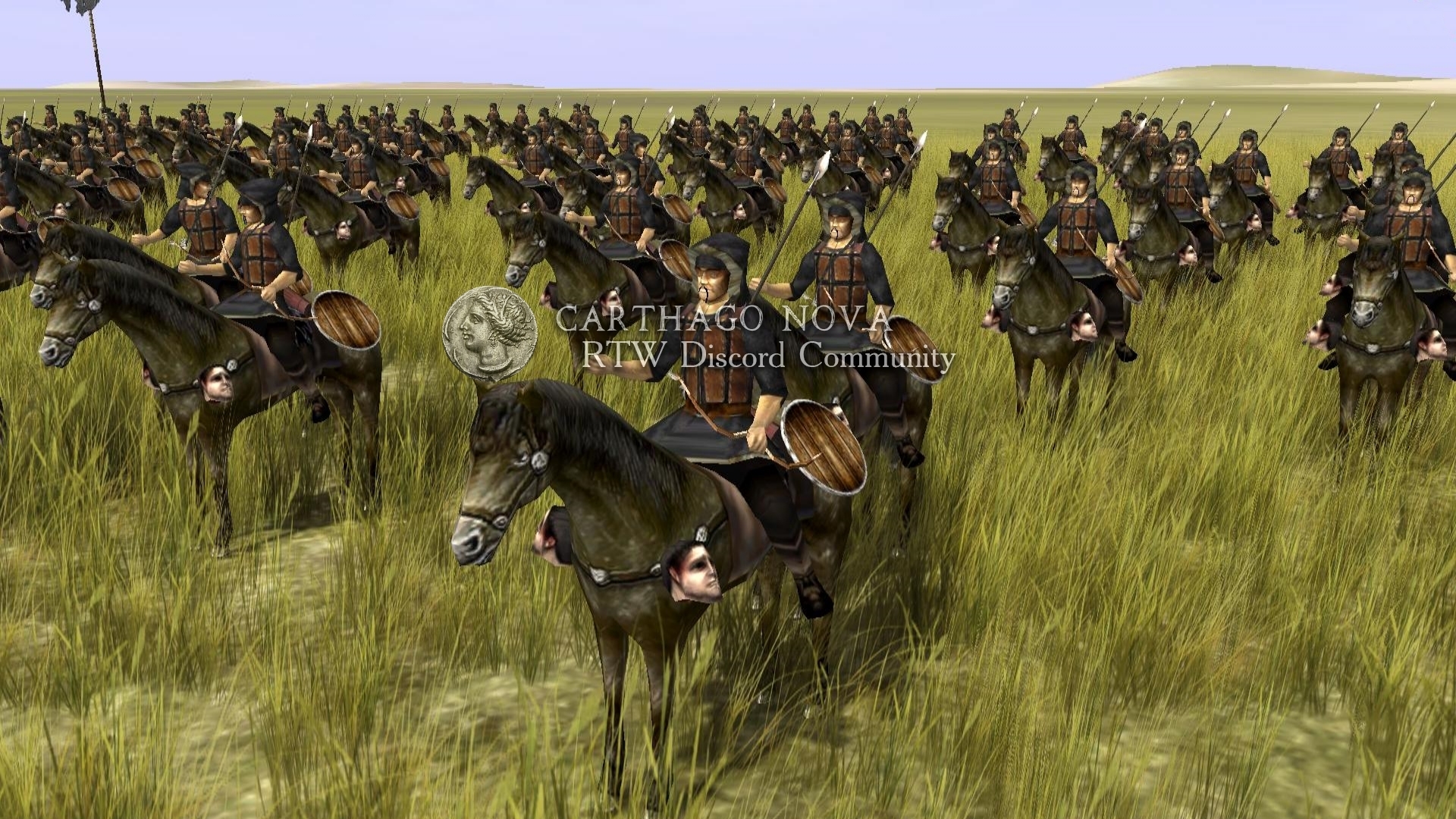
Religion
The early Huns probably practiced a form of the shamanism observed for millennia by peoples
all over the steppe lands. Shamanism usually involved the shaman’s entering a trance
state, often attained by ingesting cannabis, to communicate with the spiritual realm and gain
wisdom. The Huns worshipped certain mountains as sacred, probably those overlooking
their migrations and grazing lands, to whose deities they would pray for rain and protection
for the herds. Later other religious impulses moved through the steppe lands—Persian
Zoroastrianism, Hinduism, and Buddhism, especially the Tantric sect.
The Huns had the practice, similar to that of the Scythians, of making the skulls of their
enemies into drinking cups; this may have had a ritual basis. The Huns, while they remained an organized
group, were adamant in spurning all Christian efforts at converting them.
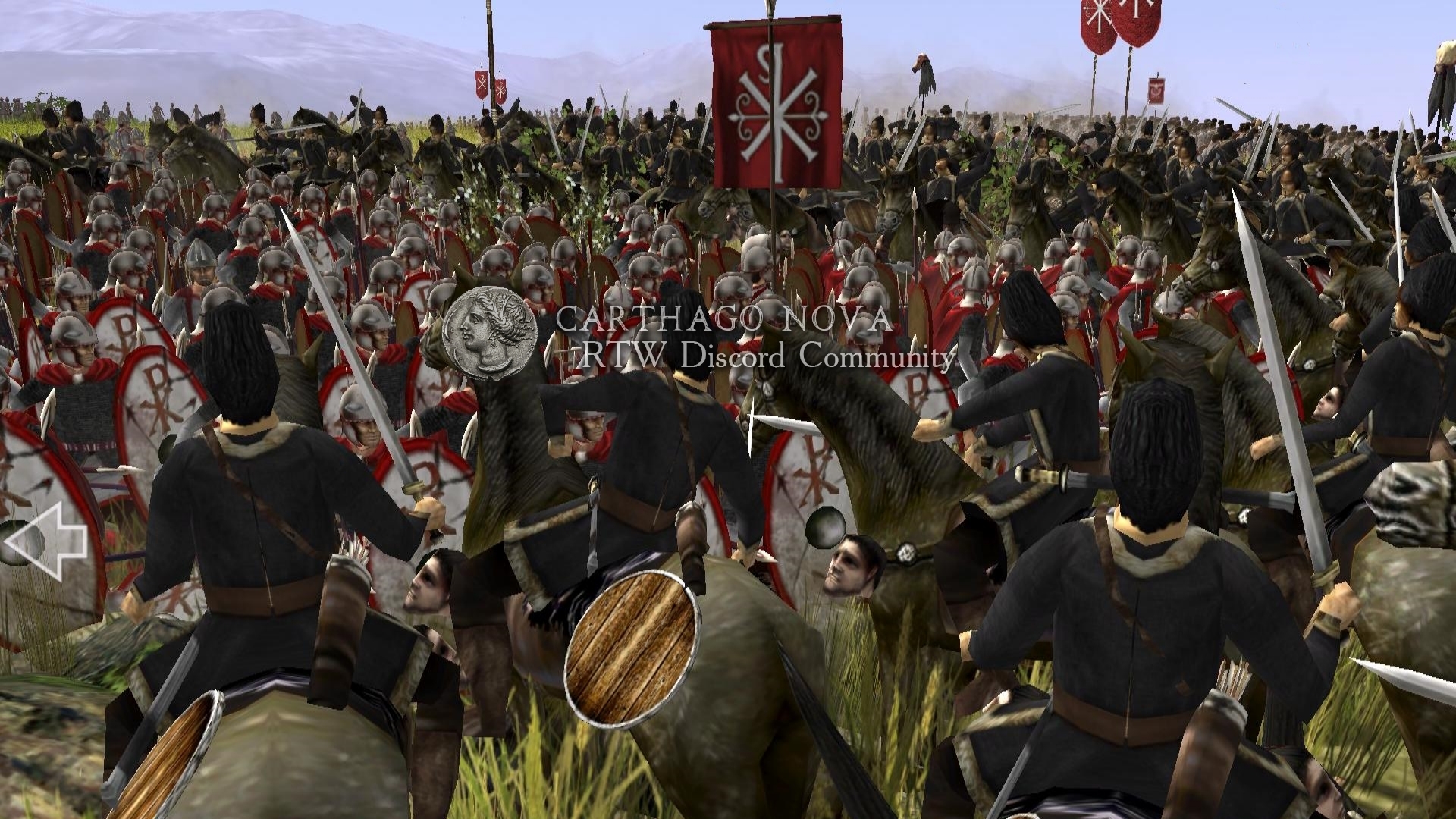
The Huns’ arrival in Europe in the late fourth century C.E. led to the displacement and migration
of numerous peoples, known in German as the Volkerwanderung (folk wanderings). For
all their remote Asian origins, a steppe climate and ecology vastly different from those of
Europe, the Huns’ reactions to contact with the Greco-Roman world were remarkably similar
to those of many different European peoples— Celts, Germanics, Iberians, Thracians, and
others. The Greco-Roman luxury trade and Roman military power transformed all of these
peoples, making their societies and economies more complex and creating powerful impulses
toward war and domination on a scale not previously known.
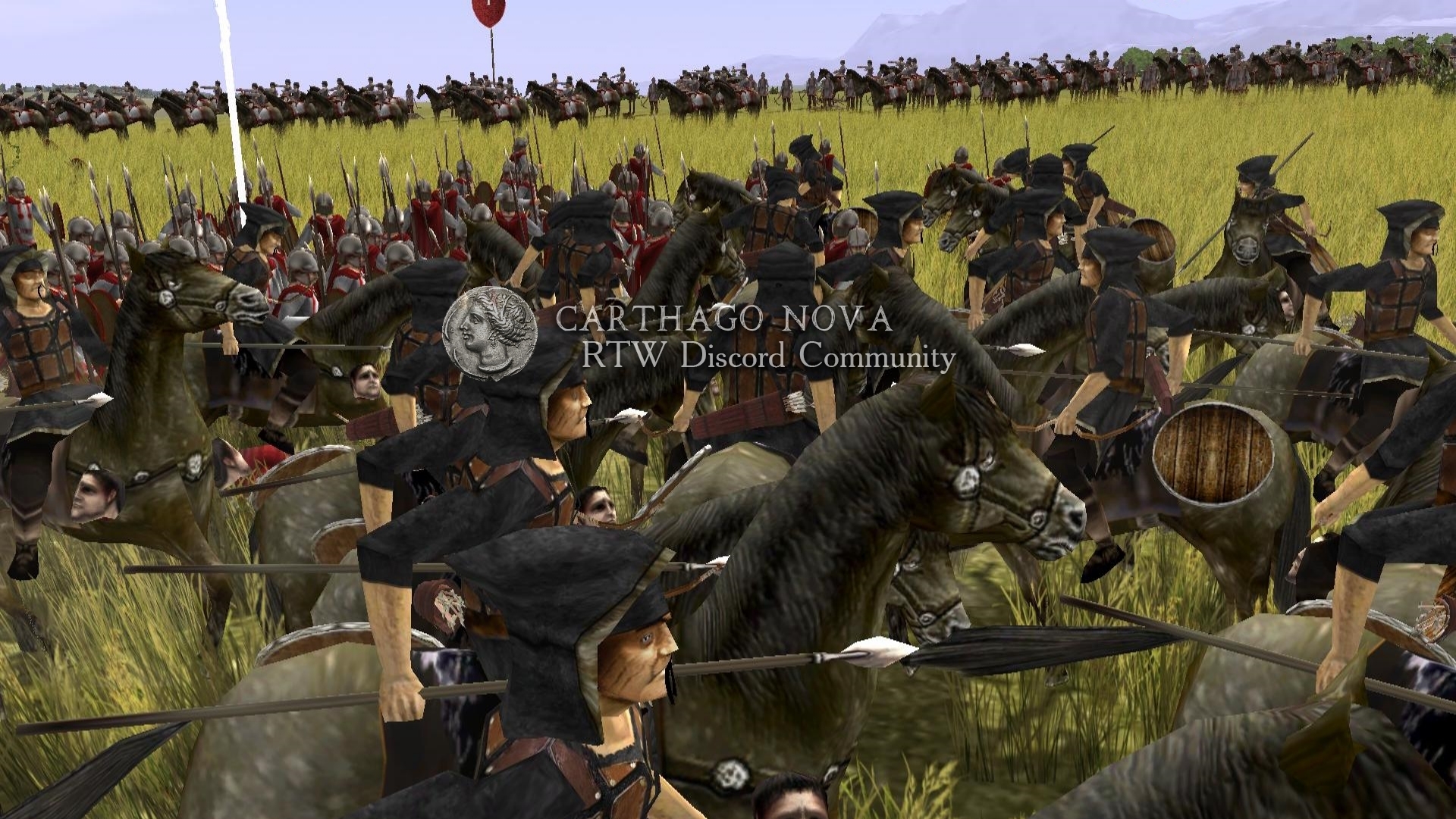
FURTHER READING:
Thomas Hodgkin. Huns, Vandals and the Fall of the Roman Empire (London: Greenhill, 1996).
Patrick Howarth. Attila: King of the Huns: The Man and the Myth (New York: Carroll & Graf, 2001).
Hugh Kennedy. Mongols, Huns and Vikings (New York: Sterling, 2002).
Otto J. Maenchen-Helfen. The World of the Huns (Los Angeles: University of California Press, 1973).
David Nicolle. Attila and the Nomad Hordes: Warfare on the Eurasian Steppes 4th–12th Centuries
(Oxford: Osprey, 1990).
Wess Roberts. Victory Secrets of Attila, the Hun (New York: Doubleday, 1993).
Philip W. Steel. In the Shadow of the Hun (Southampton, U.K.: Paul Cave, 1999).
E. A. Thompson. The Huns (Oxford: Blackwell,1998).
Jack Weatherford. Genghis Khan and the Making of the Modern World (Phoenix, Ariz.: Crown, 2004).
Resource: Encyclopedia Of European People




как всегда всё здорово и познавательно..но ,по моим ощущениям--а вандалы-то КРУЧЕ !!!